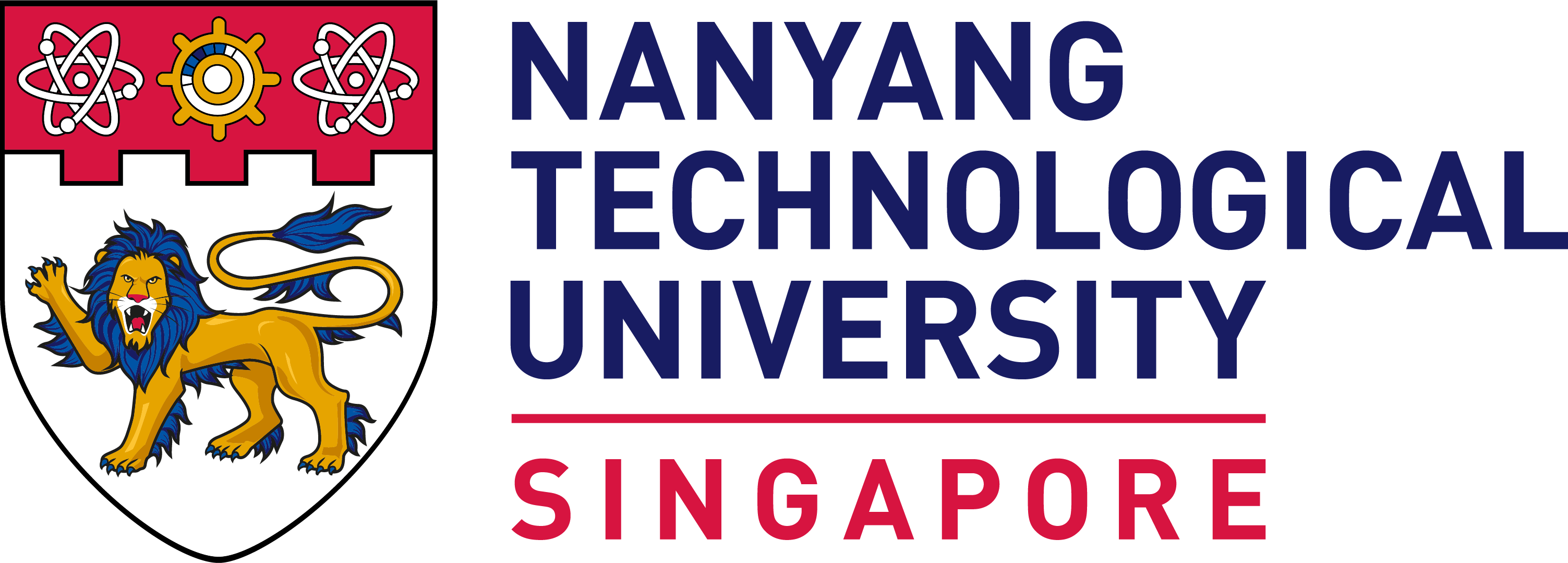MAE team emerge champions for SCDF Lifesavers'Innovation Challenge 2019
The SCDF Lifesaver's Innovation Challenge is a competition that challenges undergraduates to propose and develop solutions to address the existing challenges faced by the SCDF. The theme of the competition is “Imagining Emergency Response in a Smart City”.
With Singapore moving towards a Start Nation, digital technologies have transformed and will continue to transform the way we live, work and play. Through the competition, participants will use digital technologies to improve public services (emergency response) in terms of – (i) sharpen operational edge; (ii) engage and empower the community; and (iii) institutionalise fire safety and public protection.


First place Team silvered (from left to right): Mr Koh Yu Xiang, Mr Guan Jun Liang and Ms Ng Yu Zhi.
Title: Optimising Firefighting Resources using sR1
Title: Optimising Firefighting Resources using sR1
HFAD is essentially a smoke detector that provides an early warning of a fire; by sounding an alarm to alert the occupants. However, the inherent assumption is that fire has already occurred and that is why smoke was detected. sR1 aims to provide a different dimension to fire detection—pre-empting fires. The solution leverages on Internet of Things (IoT) to create a Wireless Sensor Network (WSN) to monitor the environment. Through the use of AI, sR1 trends the safe ambient conditions using machine learning and cautions residents when current conditions have deviated from the safe ambient conditions range which indicates a possible fire outbreak. Notifications will then be sent to homeowners, through the myResponder App and SMS, to caution them of potential fire outbreak and prompt them to check on their house. When a real fire occurs, sR1 would also push notifications to all residents in the block to alert them of the fire as well as the incident location. This would allow residents to prepare for evacuation and in the case of an incipient fire, they can help to put it out.
Student’s sharing on their learning experience
“An important lesson is to be flexible and adapt innovatively to different scenarios. Initially starting out as a FYP project on Indoor Air Quality (IAQ), the team saw possibilities in using it in another way for a different scenario. With guidance from our Supervisor, Assistant Professor Li King Ho Holden, and Co-Supervisor, Mr Tan Yan Hao, the team developed this initial idea of IAQ into pre-empting fires using sensors and machine learning which suits the criteria of this SCDF competition.
As with all group projects, communication within the group members is vital for the team’s success. While the initial lack of communication has led to some unforeseen delays in the project, it was overcome with constant communication within the team and active involvement from each member. In the end, the team have managed to work well together to achieve this success.”

2nd place Team Badger: MAE student Lai Zi Iun (blue shirt with tie in the middle) with his friends
Title: Building Assessment Device for Generalised Emergency Response
Synopsis: Fires can weaken structural supports in buildings. As they fail, minute vibrations, also known as fire induced vibrations, are produced. These unique steady vibration characteristics are produced about 1200s before catastrophic failure. However, white or coloured noise can interfere with detection of fire induced vibration. The following process is proposed with the intention of utilizing the phenomenon of fire induced vibration through smart sensors. Similitude and modelling studies are required to extract the fire induced vibration patterns of different structures. The assessment device was created with the vision that this can allow fire-fighting personnel to evaluate the structural integrity of structures to mitigate the risks of structural collapse while response personnel are inside it, reducing potential injuries or deaths.

5th place Team MoFiFi (from left to right): MAE students Mr Edris Asyraf, Mr Gwee You Young Clive and Ms Cai Yuxin (absent in picture)
Title: Monitoring Field Fires
Synopsis: Currently, there has been an increasing trend of wildfires in Singapore. As such, the team proposed an automatic monitoring system that alerts SCDF when a wildfire begins. Using mechanical thermometers, it requires no power in its passive state. When a fire is detected, it will rapidly inform SCDF with its exact location known.














/enri-thumbnails/careeropportunities1f0caf1c-a12d-479c-be7c-3c04e085c617.tmb-mega-menu.jpg?Culture=en&sfvrsn=d7261e3b_1)

/cradle-thumbnails/research-capabilities1516d0ba63aa44f0b4ee77a8c05263b2.tmb-mega-menu.jpg?Culture=en&sfvrsn=1bc94f8_1)






